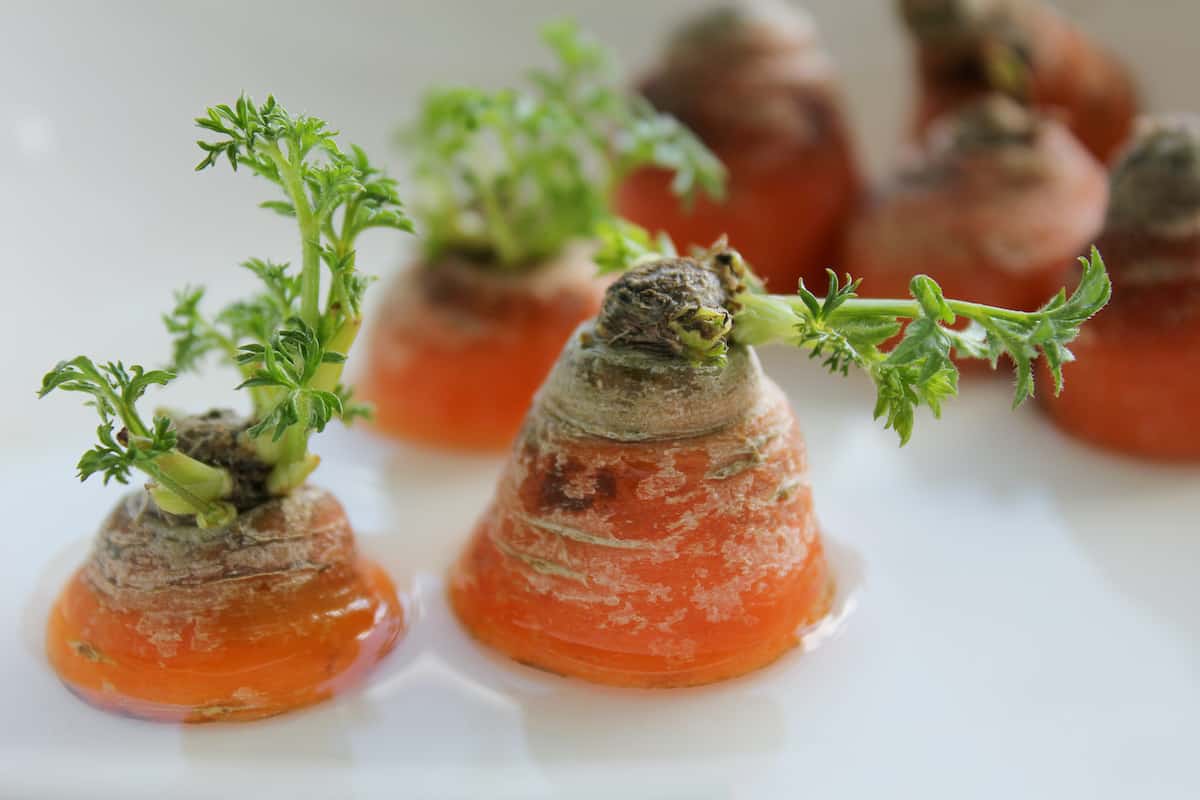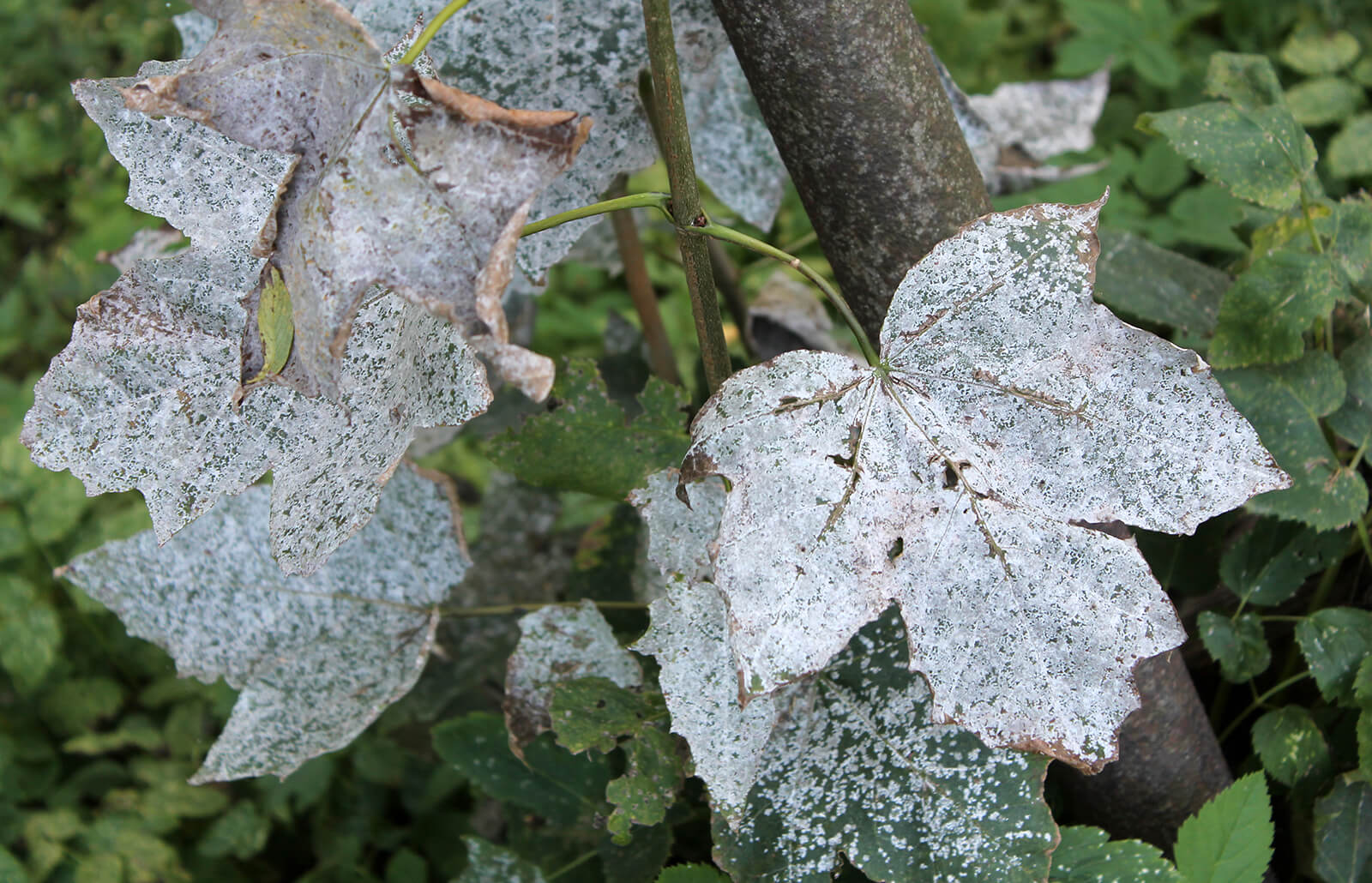How to Regrow Carrots at Home
Carrots are one of the easiest vegetables to regrow at home. Not only can this activity be enjoyable for the whole family, but it can save money by making use of greens that would otherwise end up in your compost heap. Regrowing carrots requires starting with fresh carrots that have been cut of their top …










